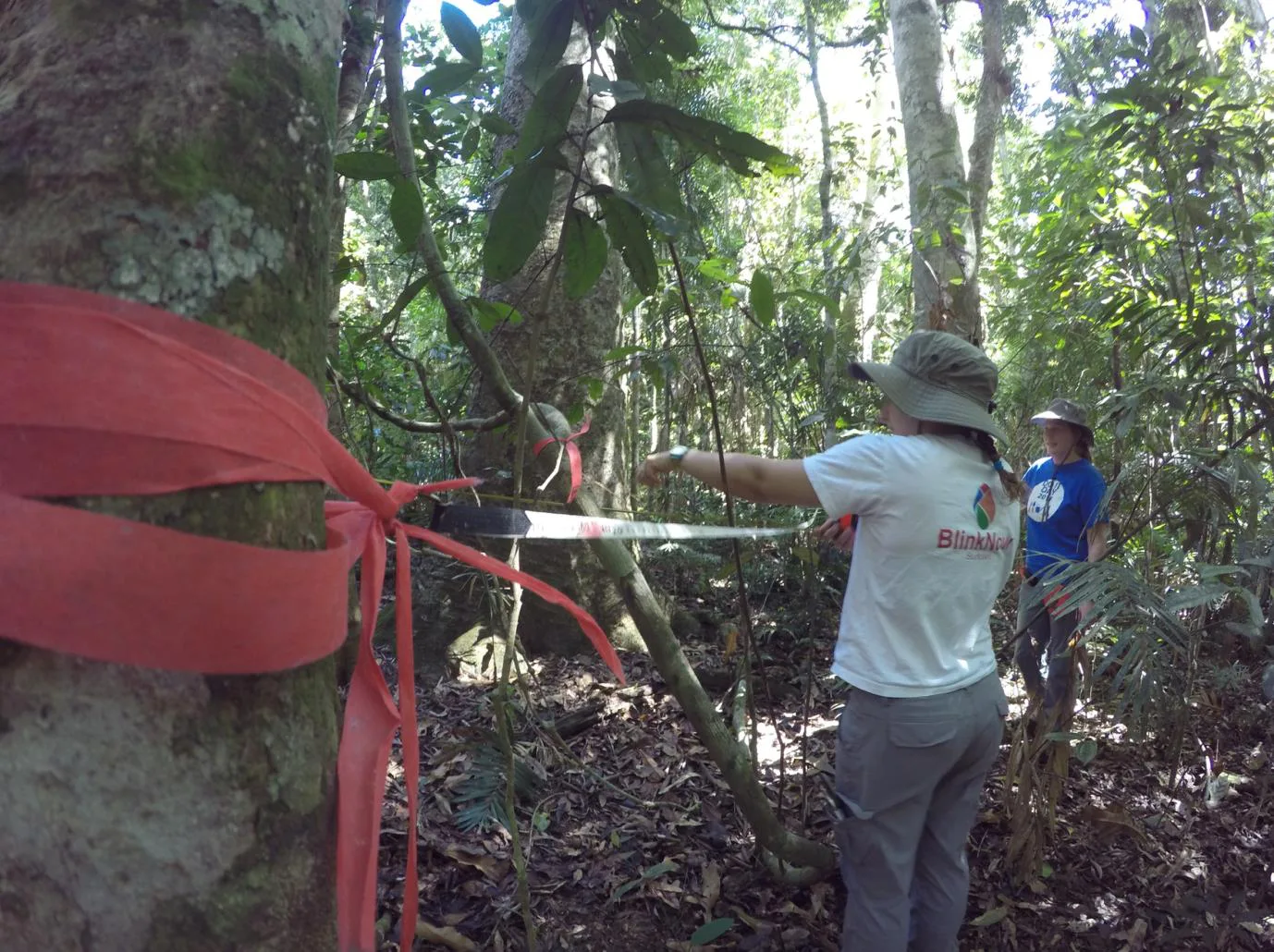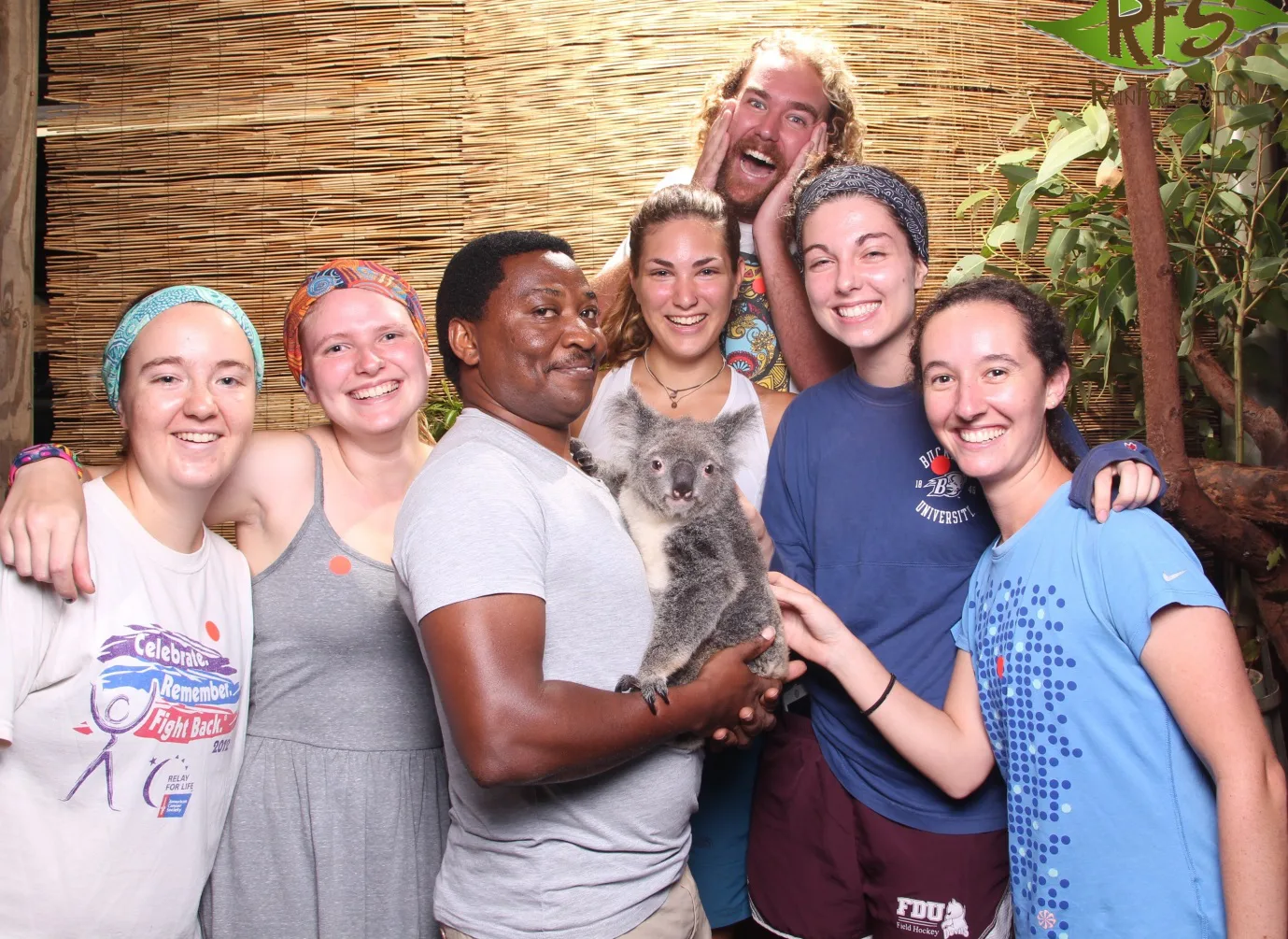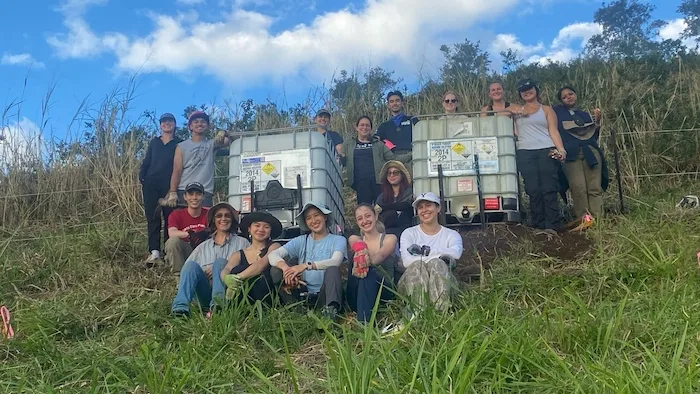Leeches, Wait-a-Whiles, and Rejection
Phew! We are looking at another 4 days to the end of the Direct Research (DR) period. As usual it has been a marathon for all of us at the SFS Center for Rainforest Studies (CRS). DR time is an interesting period in the lives of students and staff. The first two weeks are dedicated for data collection activities. The usual 9am-5pm routine is temporarily suspended, as data collection takes centre stage, with research groups dispersing to various study sites within the Wet Tropics. The excitement is not only in the success in obtaining good data, but also in the experiences which go with the process. Students share scintillating stories of how they got encumbered by wait-a-whiles (a notorious vine with nasty spines on the leaves and stalk), stung by rainforest stinging trees, encountered leeches, picked up numerous ticks, and so on. Although these encounters might sound piddly, they tend to be the most enduring memories of DR experiences. They are humorously shared in conversations with friends and family, on social media and so on — they are the fun moments which remain etched in memory. I believe this is one of reasons why the SFS program unique. There are few opportunities for undergraduate students to undertake the kind of real world research which SFS students are exposed to.
This semester, students had an opportunity to choose from 3 projects focusing on: Indigenous tourism, tree kangaroos, and secondary forests. Consequently, there were 3 student research groups, one group for each of the projects. The Tree Roo group embarked on a mission to map the distribution of this cryptic arboreal marsupial within the Tablelands region. Research involving the very cute tree kangaroo is always popular with students. However, since this mammal is quite cryptic and arboreal, it calls for patience just to see it, let alone study it, while it is in its natural environment. That said, if the students’ enthusiasm in data analysis and write up is anything to go by, they will no doubt be coming up with interesting findings. I look forward to listening to their oral presentations.
Students who chose to research secondary forests succession spent time establishing transects to characterize various biotic and abiotic factors of the ecosystem. I’m told that the number of measurements involved in this type of study is mind-boggling. Students from this research group have to put in the hard yards; not to mention the usual encounters with leeches, wait-a-whiles, and ticks (the fun part!)

Students establishing transects. Photo courtesy of Lucy Portman.
The third group focused their inquiry on Indigenous tourism, visiting three of the most popular locations in far north Queensland, namely: Mossman Gorge, Rainforestation Nature Park, and Tjapukai. They surveyed visitors seeking Indigenous tourism experiences. Most tourists happily agreed to participate in the survey. However, truth be told, there were some rejections, which the students took in their strides. I believe the students’ research experiences were greatly enriched by their interactions with tourists in the course of their visit. They joined tourists in walking the trails, watched and participated in Aboriginal cultural dances, threw boomerangs, watched indigenous performers bellowing animal sounds through digeridoo and so on. And yes, they also had time to cuddle a Koala! It is not all work and no play.

DR students at Rainforestation Nature Park.
Related Posts

Restoration on a Cinder Cone: A Syntropic Story

Camila Rojas: Alumni Spotlight⭐
